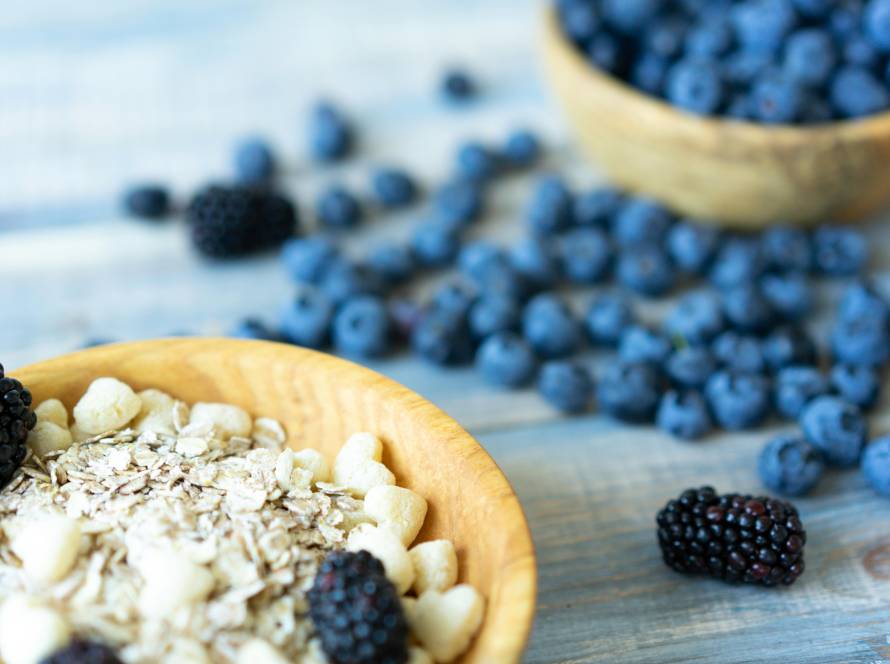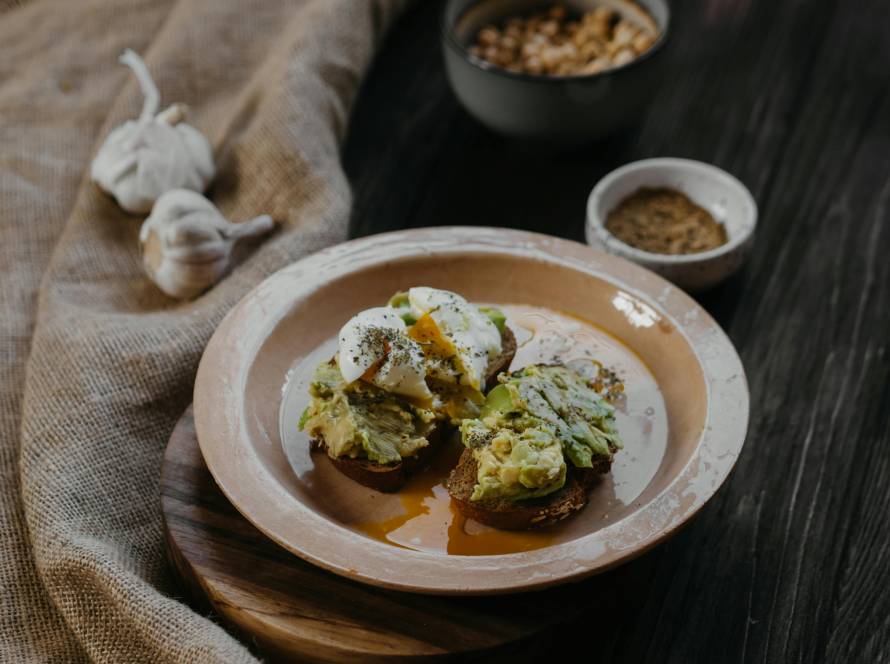Delicious Gluten-Free Pizza You’ll Crave Every Time
Are you craving a delicious pizza but following a gluten-free diet? You’re not alone! Learning how to make the best gluten-free pizza from scratch at home is easier than it seems—and much more rewarding. Whether you have celiac disease, a gluten intolerance, or simply want to explore wheat-free cooking, this guide will help you craft the perfect crust and mouthwatering toppings that everyone will love.
Why Choose Gluten-Free Pizza?
Switching to a gluten-free lifestyle doesn’t mean you have to give up comfort food favorites like pizza. For people with celiac disease or gluten sensitivity, avoiding gluten is essential for health. But beyond necessity, gluten-free pizza offers a versatile and delicious option that can be easily tailored to your taste.
By making pizza from scratch, you control all the ingredients, ensuring a celiac-friendly recipe that’s safe, fresh, and flavorful.
Essential Ingredients for Gluten-Free Pizza
Let’s start with the ingredients! The secret to a great pizza without gluten is the right blend of flours and binders. Here’s what you’ll need:
- Gluten-free flour blend: Look for one that includes rice flour, potato starch, and tapioca starch.
- Xanthan gum or psyllium husk: These bind the dough and give that chewy, stretchable consistency.
- Warm water: Helps activate the yeast.
- Active dry yeast: Provides the rise and flavor.
- Olive oil: Adds richness and moisture to the crust.
- Sugar: Feeds the yeast and enhances browning.
- Salt: Balances the flavor.
Step-by-Step Instructions: Making the Dough
Follow these steps to achieve the best gluten-free pizza dough:
- Activate the yeast: In a bowl, mix 1 tablespoon of sugar with 1 cup of warm water and 2 1/4 teaspoons of active yeast. Let it sit for 5–10 minutes until frothy.
- Mix dry ingredients: Combine 2 1/2 cups of your gluten-free flour blend with 1 teaspoon salt and 1 teaspoon xanthan gum or psyllium husk.
- Incorporate wet ingredients: Add the yeast mixture and 1 tablespoon of olive oil to the dry ingredients. Mix until a sticky dough forms.
- Let it rest: Cover the bowl and let the dough rest for 30 minutes in a warm place.
Tip: Gluten-free dough won’t feel exactly like traditional dough. It’s softer and stickier—that’s normal!
Prepping and Shaping the Dough
Time to turn dough into pizza!
- Preheat your oven to 450°F (232°C). Place a pizza stone or baking sheet inside to heat.
- Shape the dough on parchment paper sprinkled with gluten-free flour. Use your hands and a rolling pin to flatten it evenly to about 1/4 inch thick.
- Pre-bake the crust for 7–10 minutes to help it firm up before adding toppings.
Topping Ideas for Gluten-Free Pizza
The beauty of making gluten-free pizza from scratch is the creative freedom! Here are some delicious topping combinations:
Classic Margherita
- Tomato sauce
- Fresh mozzarella
- Fresh basil
- Drizzle of olive oil
Veggie Delight
- Roasted zucchini and bell peppers
- Spinach
- Goat cheese
BBQ Chicken
- BBQ sauce
- Shredded chicken
- Red onions
- Cilantro
Want to make your pizza even healthier? Try adding arugula after baking for a fresh, peppery bite.
Baking and Finishing Touches
Bake your topped pizza for another 10–15 minutes, or until the cheese is bubbly and slightly browned. The crust should be crispy around the edges but soft in the middle.
Finish with a drizzle of olive oil, cracked pepper, or red pepper flakes depending on your preference.
Tips for Perfect Gluten-Free Pizza Every Time
Gluten-free dough behaves differently than regular dough. Keep these celiac-friendly tips in mind:
- Don’t overwork the dough – gentle handling is key.
- Pre-bake the crust before adding sauce and toppings to avoid sogginess.
- Use parchment paper for easier handling and a cleaner baking process.
- Bake directly on a pizza stone to enhance crispiness
Common Mistakes When Baking Gluten-Free Pizza
Baking gluten-free pizza can be incredibly rewarding, but it comes with its own set of challenges. Unlike traditional dough, gluten-free dough lacks the elasticity and structure that gluten provides, which makes it more sensitive to handling, ingredients, and baking conditions. Many home cooks face issues like soggy crusts, dry texture, or bland flavor—not because the recipe is flawed, but due to common mistakes that are easy to avoid with a little knowledge and practice.
- Using too much flour or starch, which leads to a dry, crumbly crust.
- Not letting the dough rest, which prevents proper hydration and texture.
- Skipping pre-baking the crust, making the center soggy.
- Overloading with toppings, which weighs down the delicate dough.
- Not using parchment paper or a pizza stone, leading to sticking and uneven baking.
- Neglecting moisture balance, such as using wet sauces or ingredients.
- Expecting it to behave like regular dough, which can lead to frustration.
Storage and Reheating Tips
Can’t finish your pizza in one sitting? No problem—store it right:
- Refrigerate leftover slices in an airtight container for up to 3 days.
- Freeze baked crusts separately to use later.
- Reheat in the oven at 375°F (190°C) for 8–10 minutes to retain crispiness.
Avoid microwaving if possible, as it can make the crust rubbery or too soft.
Living a Gluten-Free Lifestyle
Being gluten-free doesn’t mean missing out on tasty food. Learning to make recipes like your own pizza fosters creativity, control over ingredients, and confidence in your gluten-free cooking skills.
Check out our other recipes like Easy Gluten-Free Bread Recipe to grow your collection of wheat-free dishes.
For in-depth gluten-free resources and professional dietary support, we recommend visiting the Gluten Intolerance Group.
Final Thoughts: You Can Make the Best Gluten-Free Pizza
Now that you’ve learned how to make a gluten free pizza from scratch, you’ll never miss traditional crust again. With the right ingredients, a little practice, and tons of flavor-packed topping options, making pizza at home can be both fun and rewarding for anyone embracing wheat-free cooking.
So roll up your sleeves, preheat that oven, and enjoy the best gluten-free pizza—made by you, for you!



